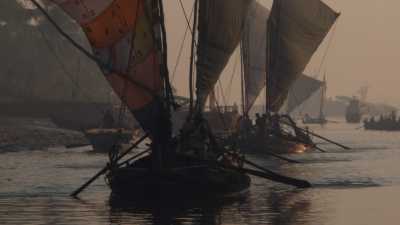
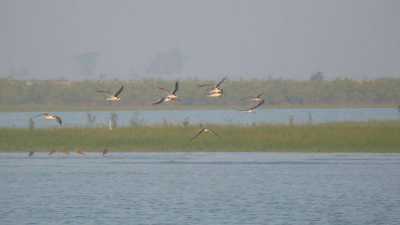
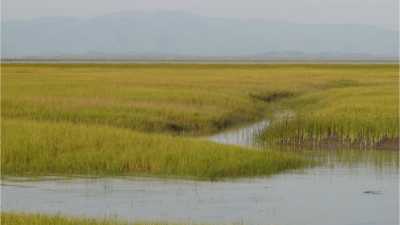
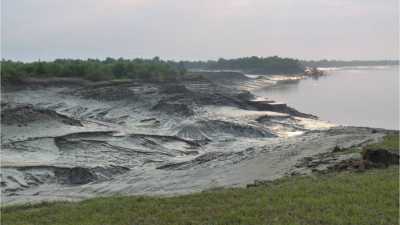
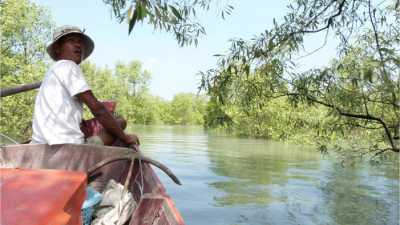

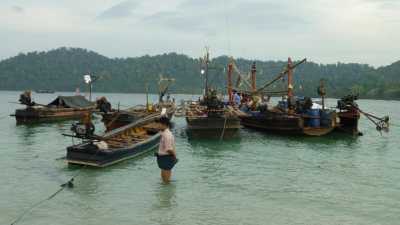
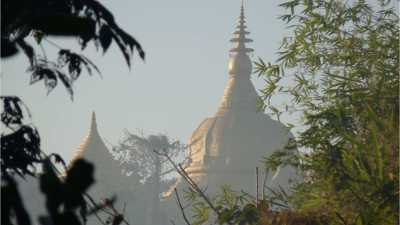
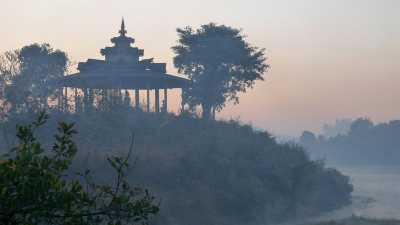
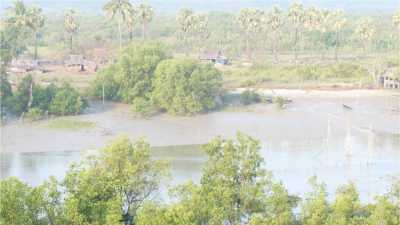

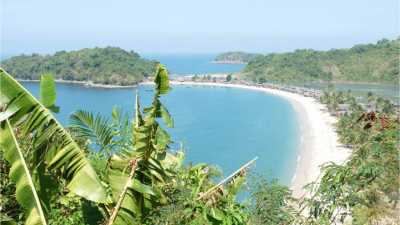
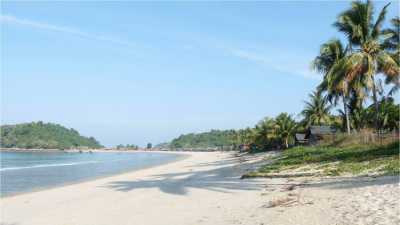
- Lighthouse Foundation
- Projects
- Myanmar: Coastal Development and Biodiversity
Myanmar: Coastal Development and Biodiversity
What is at issue:
Myanmar is the largest country in mainland Southeast Asia with a continuous coastline of almost 2000 km extending along the Bay of Bengal and Andaman Sea. In the north much of the coast is largely undeveloped with poor transport infrastructure, but in almost all coastal areas there is high human population pressure.
Rapid development of coastal areas (following a model of reclamation and/or construction of Deep Sea Ports for container shipping and adjacent industrial development) is forecast with the easing of sanctions against the government and, in particular, the normalisation of EU and US trade relationships. These are expected to lead to hugely increased foreign investment of coastal and infrastructure development.
This project is aiming to promote the sustainable development, highlighting the social and ecological as well as economic pillar of sustainability and aims to engage with civil society, local and national government, as well as selected companies and investors interested in showcasing sustainable development. In a first phase the project will summarise available information of coastal biodiversity and highlight key biodiversity areas, as well as knowledge gaps, but also assemble information on existing or planned development projects, providing a vital basis for future planning.
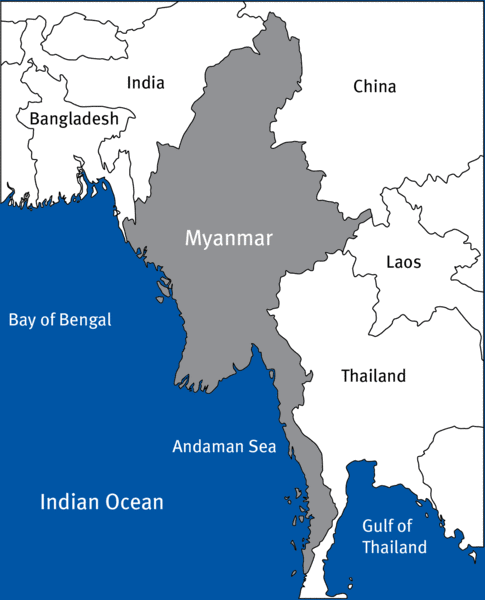
What's happening now:
In 2018, a short list of ecologically important coastal ecosystems was prepared and recently published as "Coastal Wetlands in Myanmar". This brief directory is the result of collective efforts of international researchers, local scientists, the government and international and local NGO staff, by undertaking countless hours of surveys over the past ten years. It is a guidebook for 19 important coastal wetlands in Myanmar, providing detailed information of each site; conservation values including wetland dependent species, status of protection, protection criteria, threats and involvement of local community in conservation.
Zöckler, C. Pyae Phyo Aung, M. Grindley & Ch. Aung. 2018. Coastal Wetlands in Myanmar – a directory of important sites for biodiversity. ArcCona Ecological Consultants, Cambridge, UK.
What we have achieved:
The project summarises available information of coastal biodiversity and highlight key biodiversity areas, as well as knowledge gaps, but also assemble information on existing or planned development projects, providing a vital basis for future planning. It will also raise awareness for the need of sustainability in all aspects of coastal and infrastructure development.
The document with summary and a detailed map of the proposed protected areas, which must either be protected for the first time or whose protection status should be strengthened and extended, have been submitted to the Forestry Authority and Aung San Suu Khi as well.
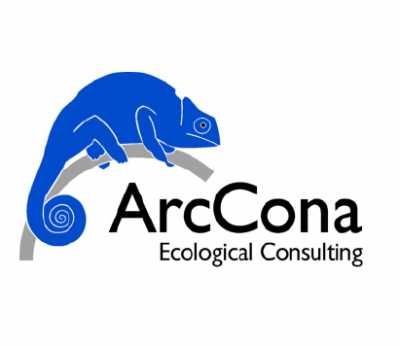
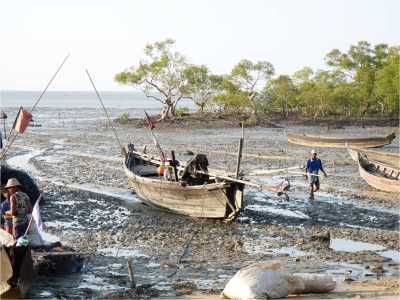)